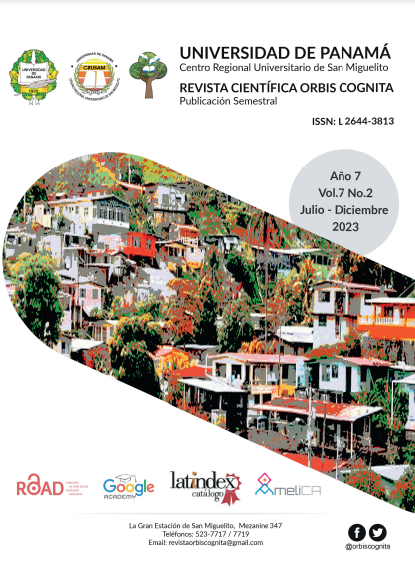

Copyright (c) 2023 Revista Científica Orbis Cógnita

This work is licensed under a Creative Commons Attribution-NonCommercial-ShareAlike 4.0 International License.
An aspect little little considered in the Panamanian narrative of the crossroads between the end of the 19th century and the beginning of the 20th, the socioeconomic reality that the Panamanian country lived. One of the fundamental elements on the development of the population in that period, in our opinion, is the situation of communication and transportation between towns and cities of the time. In the present investigation we make a relation of the situation of roads and highways of the departmental Panama and later, of the nascent republican Panama. We present the incidents and traumas that the transfer of the population meant and the realization of the incipient trade between our urban and rural towns. Based on limited bibliography and little historical evidence, we prepared a short study that notes the difficulties suffered by the human community that inhabited the country. The development of daily life, commercial, agricultural, and social activity was very painful due to the lack of adequate communication routes. of survival both in rural areas and in the urban world. Panama reached the 20th century as a country devoid of roads and began to build what the other Latin American republics had done in the previous century. In general, "the eighty-two years of Colombian annexation did not bring the desired progress." As expected, the canal did not develop the Isthmus either. On the contrary, it dismembered and put obstacles to the sovereign construction of communication routes.